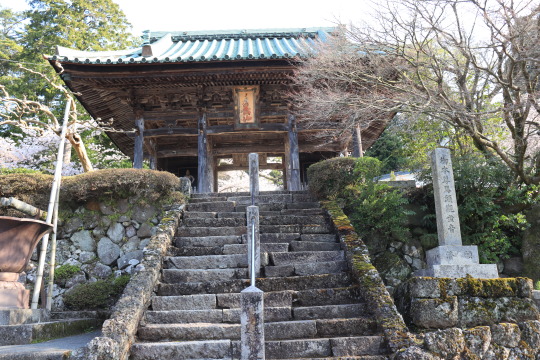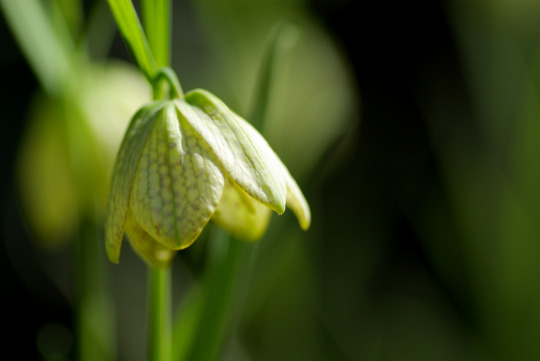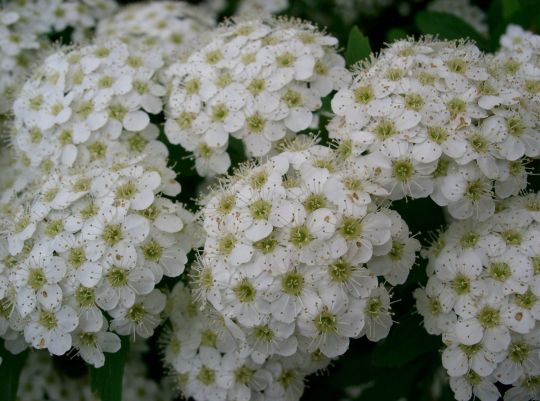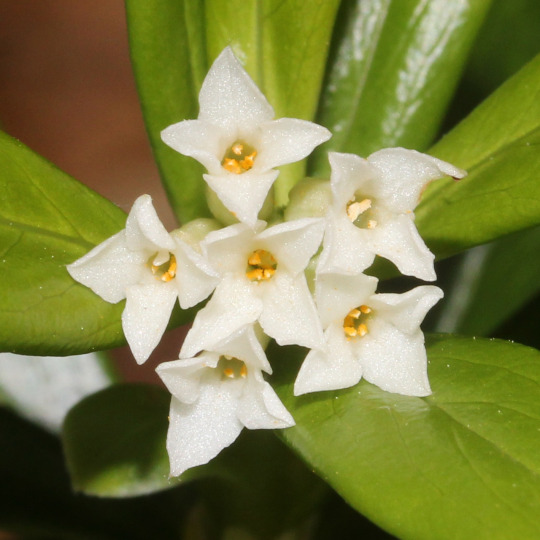#alpsdake
Explore tagged Tumblr posts
Text

A Japanese serow (Capricornis crispus).
© Alpsdake / Wikimedia Commons
#alpsdake#photographer#wikimedia commons#japanese serow#capricornis crispus#animal#mammal#wildlife#nature
39 notes
·
View notes
Text

Japanese Badger (Meles anakuma), family Mustelidae, Japan
photograph by Alpsdake
307 notes
·
View notes
Photo

The front gate (仁王門 “niōmon”) to Matsunoodera (松尾寺) in Maizuru, Kyoto Prefecture, founded in 708 according to temple lore, with the gate itself dating to a 1730 reconstruction sponsored by the daimyō lord Makino Hideshige (牧野英成)
Photo by Alpsdake on April 4, 2020
#buddhist temple#japanese architecture#京都府#kyoto prefecture#舞鶴市#maizuru#松尾寺#matsunoodera#仁王門#niomon#真言宗#shingon#西国三十三所#japanese history#牧野英成#makino hideshige
9 notes
·
View notes
Text
The Big Picture: Autumn’s Palette And The Science Behind Fall Foliage Colors
Autumn leaf color and Mount Fuji with snow seen from Lake Kawaguchi in Fujikawaguchiko, Yamanashi prefecture, Japan. (CREDIT: Alpsdake) This stunning scene of autumn foliage set against snow-capped Mount Fuji provides a perfect backdrop to explore the science of leaf color changes in fall. The shift from green to vibrant reds, oranges, and yellows in leaves is primarily due to the breakdown of…
0 notes
Text
I wanted include Luna's! (Hope you don't mind op.)
I had to do some sleuthing to figure out which Begonia species (in English) the Japanese flowering website had listed for Sept 4. [See: 1, 2, 3] The hardy begonia is my best guess, but I could be off. The flower they specified is "木立ベゴニア" if anyone wants a gander.
———
Lunafreya Nox Fleuret (September 4)
Hardy begonia (Begonia grandis) [x]

(image credit: Alpsdake via Wikipedia Commons)
A member of the Begoniaceae (begonia) family and native to China and Japan. This perennial species is notable for its decorative pink or white blooms and its ability to grow in shade, capable of surviving winter in certain regions. Its species name (grandis) means large, tall or lofty. These plants can grow up to 1 ft. 6 in - 3 ft. tall (50-90cm). [See: 1, 2]
Hanakotoba: Good balance or equilibrium.
Birthday Flowers of FFXV: The Chocobros
(according to 季節の花300, a Japanese flower website) [x]
———
Ignis Scientia (February 7)
Thunberg fritillary (Fritillaria thunbergii, previously Fritillaria verticillata var. thunbergii) [x]

(image credit: titanium22 on Flickr via Wikimedia Commons)
A member of the Liliaceae (lily) family native to Central Asia. The bulb of this flower 浙貝母 (zhè bèi mǔ) is used in Traditional Chinese Medicine to relieve coughs and reduce phlegm, among other indications.
Hanakotoba (Japanese flower language): A modest heart.
———
Gladiolus Amicitia (April 2)
Reeves' spiraea (Spiraea cantoniensis) [x]

(image credit: KENPEI via Wikimedia Commons)
A member of the Rosaceae (rose) family native to China. Known as ko-demari (小手毬) in Japanese as its clusters of small flowers look like the patterns on temari, children's handball toys that are also symbols of great loyalty and friendship.
Hanakotoba: Friendship. (You know what else means "friendship?" Gladio's last name.)
———
Noctis Lucis Caelum (August 30)
Tiger lily (specifically Lilium lancifolium) [x]

(image credit: Maja Dumat via Wikimedia Commons)
A member of the Liliaceae (lily) family native to China, Japan, Korea, and the Russian Far East. The species name, lancifolium, refers to its leaves looking like polearms (i.e. lances). Its showy black-spotted orange flowers have made it a popular ornamental plant.
Hanakotoba: A wise person.
———
Prompto Argentum (October 25)
African milkweed (Gomphocarpus fruticosus) flower [x]

(image credit: Bernard Dupont via Wikimedia Commons)
A member of the Apocynaceae (dogbane) family. Native to eastern and southern Africa, the plant is also found in Australia and New Zealand, where it is known as narrow-leaved cotton bush. Its thorny fruit pops when mature in late fall, producing cotton-like seeds.
Hanakotoba: A hidden ability. (I see what you did there, Square Enix!)
#this is the kind of fandom stuff i'm here for#i love flowers#gladio's is my fave here! so lovely and meaningful#ffxv's bday flower is cute - Cuphea (“magnificent admirable”)#flowers#final fantasy xv#ignis scientia#gladiolus amicitia#noctis lucis caelum#prompto argentum#lunafreya nox fleuret#long post#ffxv tag
30 notes
·
View notes
Text
Problems of Daphne

Is your daphne plant developing curled leaves, brown spots, sudden wilting? These shrubs are delicate and prone to care issues. Identify problems by symptoms. Get tips to treat diseases, improve conditions, and prevent future problems. Our guide covers solutions to revive daphne.
📸 Alpsdake
#daphne#shrubcare#plant care#plant care guide#gardening care#gardening tips#gardeningtips#gardening tumblr#gardeningcommunity
0 notes
Text
Do You Know These Weird Hoofed Mammals?
Serow Capricornis sp. A Japanese serow (Capricornis crispus). © Alpsdake / Wikimedia Commons Even in its native range, the serow is often mistaken for a goat, a pig or a deer, and it looks just enough like any of those to make this understandable. There are seven species of serow. They live in the Himalayas and on the forested slopes of Thailand and Sumatra. One secretive species even lives in…

View On WordPress
0 notes
Photo









--Sandra Boynton
1 - By Marrabbio2 - Own work, CC BY-SA 3.0
2 - By Toni Barros from São Paulo, Brasil - Hello, Dolly!, CC BY-SA 2.0
3 - By Little Miss Muffit - Lovely Little Girl, CC BY-SA 2.0
4 - By Alpsdake - Own work, CC BY-SA 4.0
5 - By USDA Forest Service - Public Domain
6 - By J. Patrick Fischer - Own work, CC BY-SA 3.0
7 - By Muhammad Mahdi Karim - Own work, CC BY-SA 4.0
8 - By Muhammad Mahdi Karim - Own work, GFDL 1.2
9 - By Alastair Rae from London, United Kingdom - Chital, CC BY-SA 2.0
3 notes
·
View notes
Photo

Zhangixalus arboreus by Alpsdake
#Anura#Rhacophoridae#Zhangixalus#Zhangixalus arboreus#frog#frogs#animal#animals#biology#nature#wildlife#fauna#amphibian#amphibians#zoology#herpetology#herps#critter#critters
82 notes
·
View notes
Text

Zoothera salimalii by Craig Brelsford, CC BY 4.0 https://creativecommons.org/licenses/by/4.0, via Wikimedia Commons

Zoothera aurea by Alpsdake, CC BY-SA 3.0 https://creativecommons.org/licenses/by-sa/3.0, via Wikimedia Commons

Zoothera aurea by Alpsdake, CC BY-SA 4.0 https://creativecommons.org/licenses/by-sa/4.0, via Wikimedia Commons
#i was having a bad day but then i learnt about the existence of asian thrushes by sheer chance#i am a sucker for a good white/browns/black/greys palette in anima#*animals#especially in birds#beautiful in an understated sort of fashion#birds#asian thrushes
4 notes
·
View notes
Text
A Happy Success Story!
The Japanese Serow is a type of Bovine endemic to Japan
In the early 20th century they were almost hunted to extinction
So in 1955 the Japanese government passed a law making it a “Special National Monument”
Since then there numbers have boomed and there are now roughly 100000 of them!
Makes me so happy that this worked so well!
If you have read this far why not follow us @animalfacthub for daily animal facts and pics!
-

��1: “Nihonkamoshika-akita.JPG” by Kei hashi on Wikimedia Commons (CC BY-SA 3.0)

📷2: “Capricornis crispus in Mount Sanpoiwa.JPG” by Alpsdake on Wikimedia Commons (CC BY-SA 3.0)

📷3: “Nihonkamoshika2.JPG” by ヤン提督 on Wikimedia Commons (CC BY-SA 3.0)
4 notes
·
View notes
Photo



Warbling white-eye (Zosterops japonicus)
The warbling white-eye is a small passerine bird in the white-eye family. Its native range includes much of east Asia, including Japan, Indonesia, Korea, and the Philippines. It has been intentionally introduced to other parts of the world as a pet and as pest control, with mixed results. This bird species is rarely found on the ground. It is a very sociable species that may form flocks with other species, in which the birds form groups to forage during flight; white-eyes only flock with birds of other species outside of the breeding season. While sociable, however, the white-eye typically forms monogamous relationships with mates – it has only one mate at any one time. Social hierarchy in a flock is established through physical displays. The species is omnivorous, living on a diet of fruit from several species of flowering plants, various types of insects, and nectar at all levels of foliage.
photo credits: Laitche, Alpsdake, DickDaniels
#Warbling white-eye#Zosterops japonicus#bird#zoology#biology#biodiversity#science#wildlife#nature#animals#cool critters
273 notes
·
View notes
Text
What Bug Is This? 43: Cabbage White Butterflies




Image source: egg: Alpsdake, license; larva: James K. Lindsey, license; pupa: etisergieva, license ; adult: Sandy Wolkenberg, license
Common name(s): cabbage white, cabbage white butterfly, cabbage moth (note, not a moth), white butterfly, imported cabbage worm (caterpillar), small white, small cabbage white, cabbage butterfly
Scientific name: Pieris rapae
Can it hurt me?: No
Can it hurt my plants?: Oh, yes. They are notorious eaters of cruciferous vegetables (ex. cabbage, broccoli, radish, etc.). Adults are pollinators, but this benefit doesn't really outweigh the damage they do as caterpillars.
Should I kill it?: Yes, especially in the Americas where they are invasive. They're also considered a pest species in Europe and Asia as well. Some folks use parasitic wasps to control their populations. You can also envelope your crop in fine netting or physically pluck off caterpillars by hand. Pesticides work on them, but if you use them be certain to pick one that works on caterpillars and to follow the directions exactly and only apply them to your endangered vegetables. Also take care since you're applying them to food items to make sure that whatever pesticide you pick is ok for edible plants.
Anything else I should know?: They're one of the first butterflies to emerge in spring, at least in the Midwest.
43 notes
·
View notes
Photo




Midori. “Lake Kawaguchiko Sakura Mount Fuji 4.” Wikimedia, Wikimedia, 18 April 2010, https://commons.wikimedia.org/wiki/File:Lake_Kawaguchiko_Sakura_Mount_Fuji_4.JPG.
Mount Fuji with lake reflection
Alpsdake. “Mount Fuji from Mount Ashiwada.” Wikimedia, Wikimedia, 13 December 2014, https://commons.wikimedia.org/wiki/File:Mount_Fuji_from_Mount_Ashiwada.jpg.
Mount Fuji with clouds
Alpsdake, “Numazu and Mount Fuji.” Wikimedia, Wikimedia, 1 March 2016, https://commons.wikimedia.org/wiki/File:Numazu_and_Mount_Fuji.jpg.
Mount Fuji and city
XIIIfromTOKYO. “Mount Fuji – aerial view – 1394.” Wikimedia, Wikimedia, 28 December 2015, https://commons.wikimedia.org/wiki/File:Mount_Fuji_-_aerial_view_-_1394.JPG.
Mount Fuji aerial view + steps
I also plan to use the following site to study Mount Fuji’s many myths and facts:
x. “The Myths and Facts about Mount Fuji.” Guidable, 24 Apr. 2019, https://guidable.co/culture/the-myths-and-facts-about-mount-fuji/.
Mount Fuji info
1 note
·
View note
Text
What are Asian giant hornets, and are they really dangerous? 5 questions answered
What are Asian giant hornets, and are they really dangerous? 5 questions answered


Asian giant hornets (Vespa mandarinia japonica) drinking sap from tree bark in Japan. Alpsdake/Wikipedia, CC BY-SA
Akito Y Kawahara, University of Florida
Editor’s note: According to recent press reports, two Asian giant hornets – a species not known to occur in North America – were found in northwest Washington state in late 2019, and a hornet colony was found and eliminated in British Columbia.��
View On WordPress
0 notes
Photo

The Japanese badger is endemic to the Japanese islands of Honshu, Kyushu, Shikoku and Shodoshima.
(Photo: Alpsdake/Wikipedia)
Badgers

Honey badgers are famous for their ferocity and their feasting.
(Photo: Erwin Niemand/Shutterstock)

A young female European badger (Meles meles) comes in for a close-up.
(Photo: Jiri Balek/Shutterstock)

This small large-tooted ferret-badger resembles a skunk or ferret as much as it resembles its larger badger cousins.
(Photo: Sainam51/Shutterstock)
13 notes
·
View notes